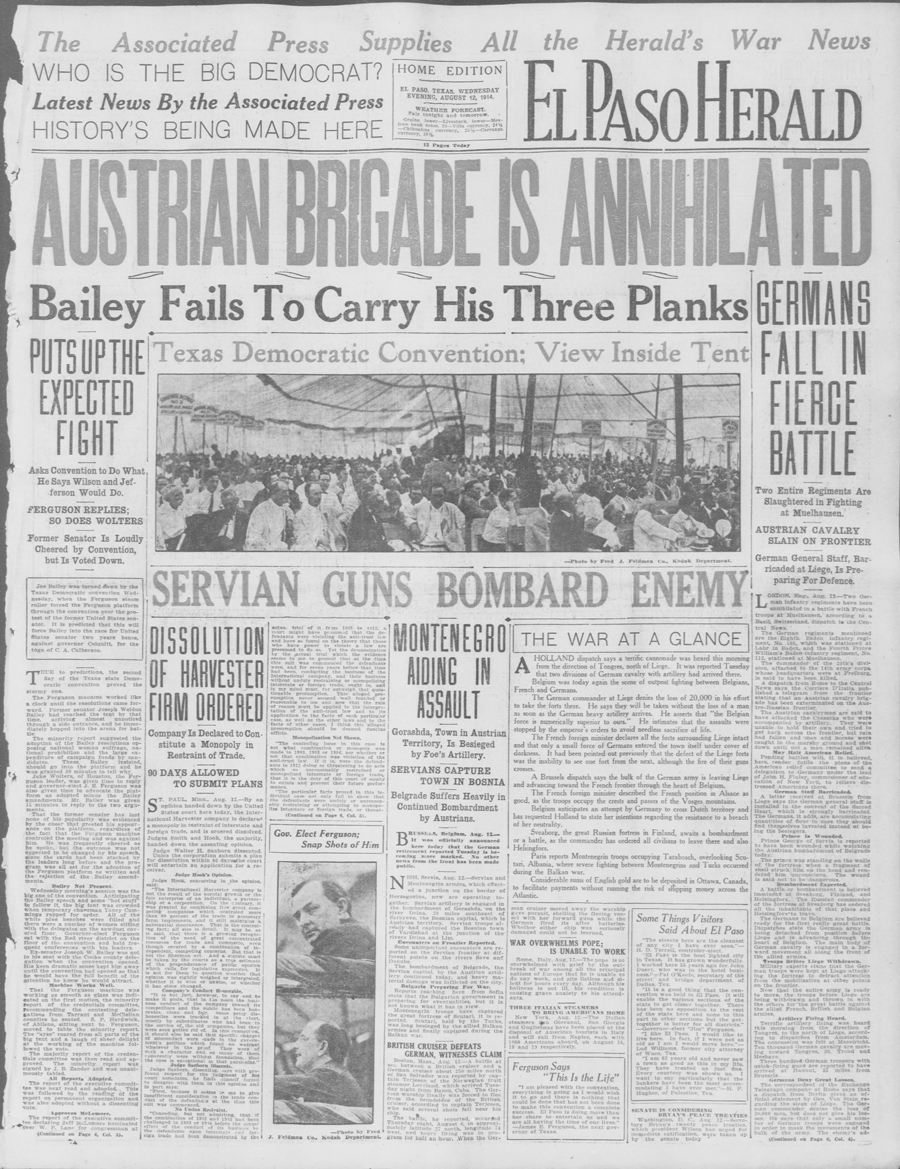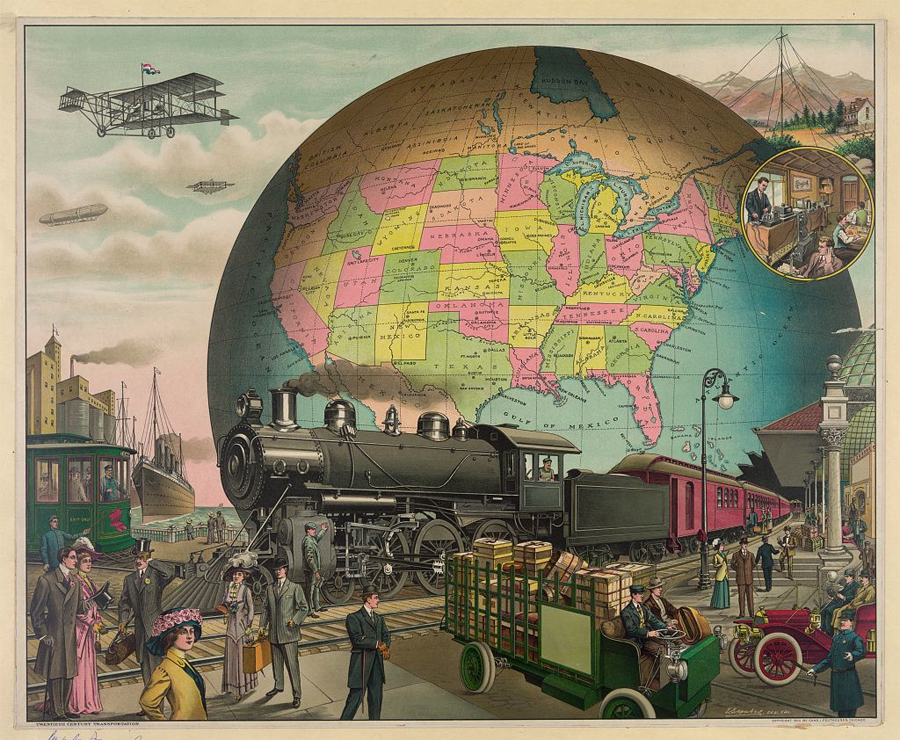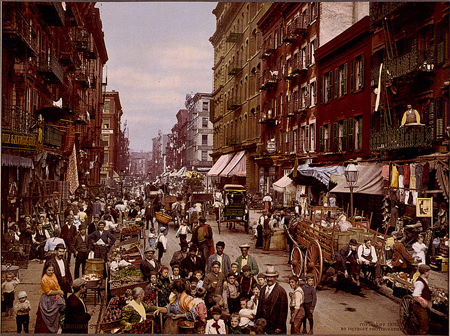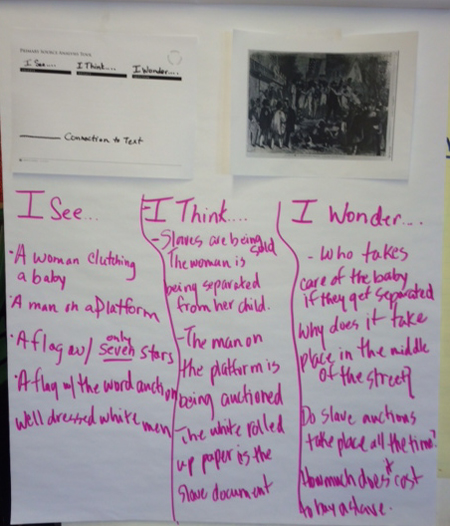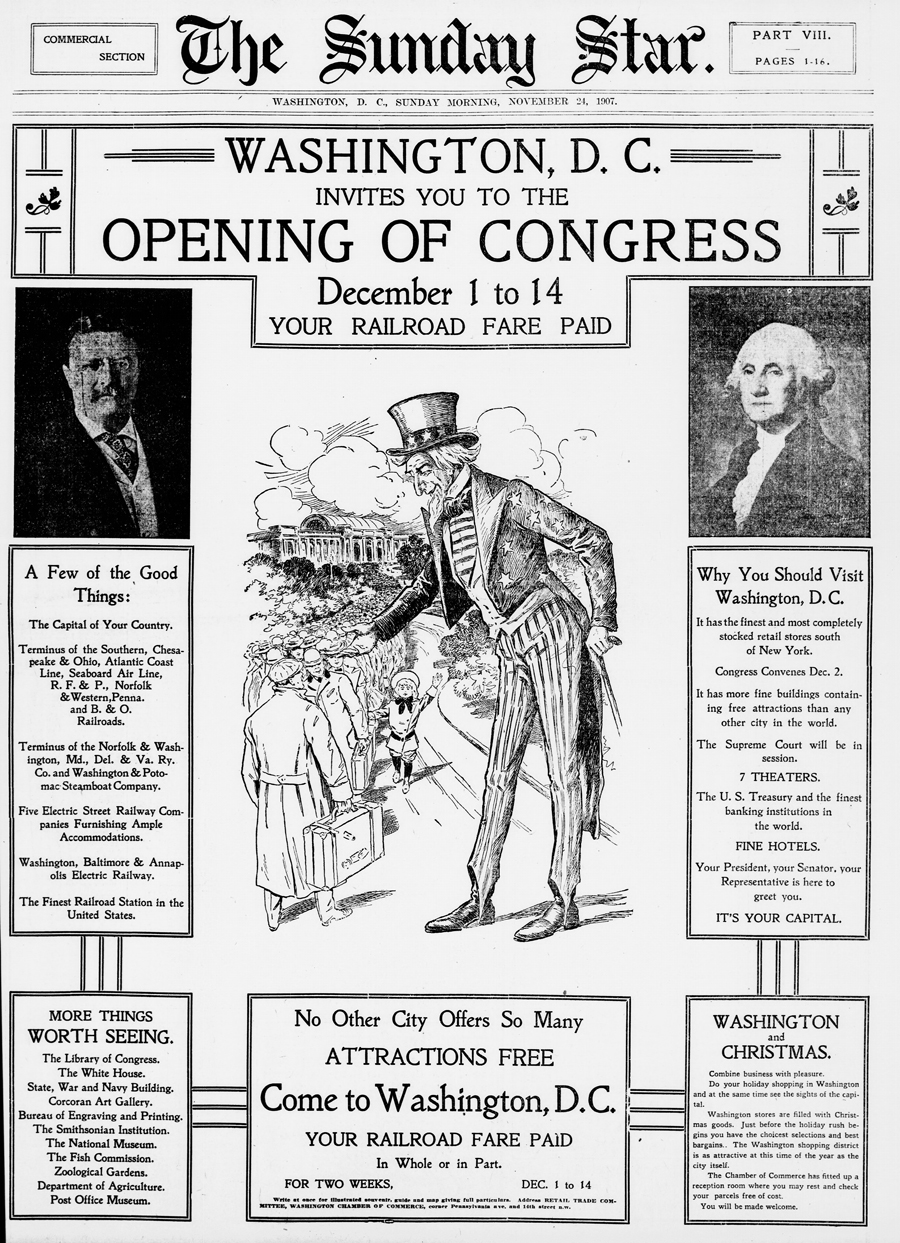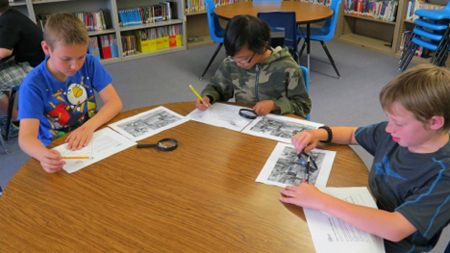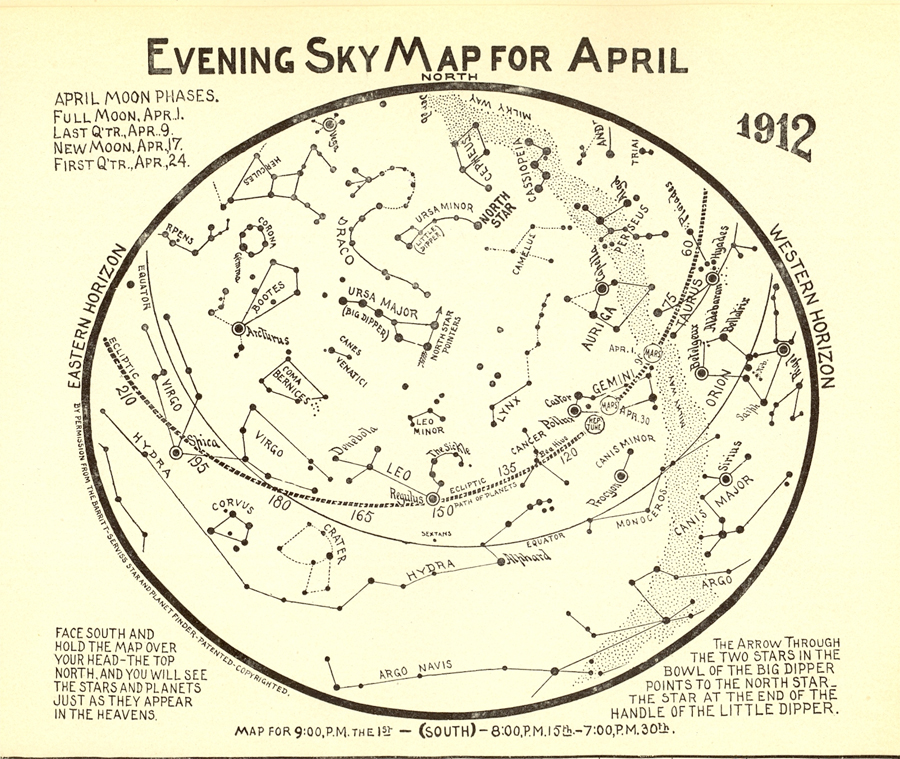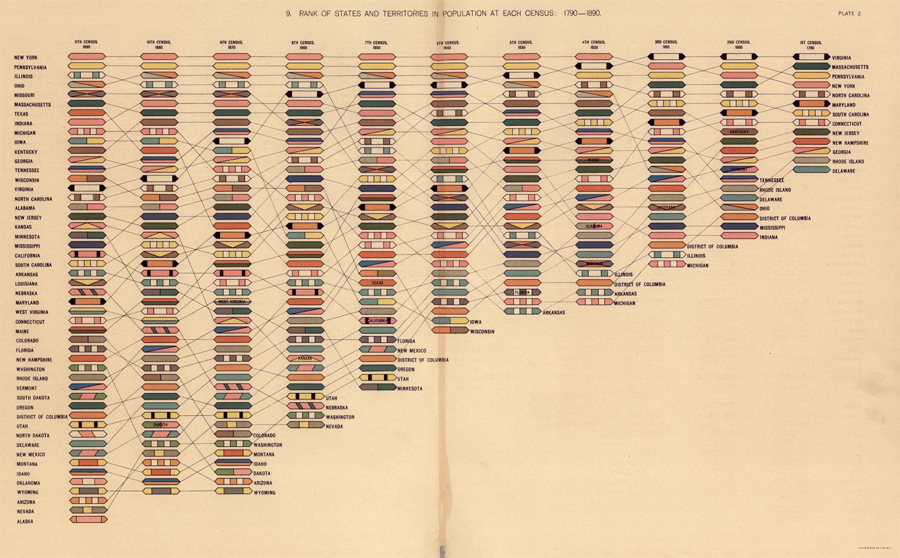Guided Primary Source Analysis: El Paso Herald August 12, 1914
Zoom into this newspaper (online | .pdf). What is the most important topic on this page? What details support your conclusion? There is a question in the newspaper’s nameplate, or top, section. What is the question and what do you think is the answer to the question? What details support your answer? What information about El…

